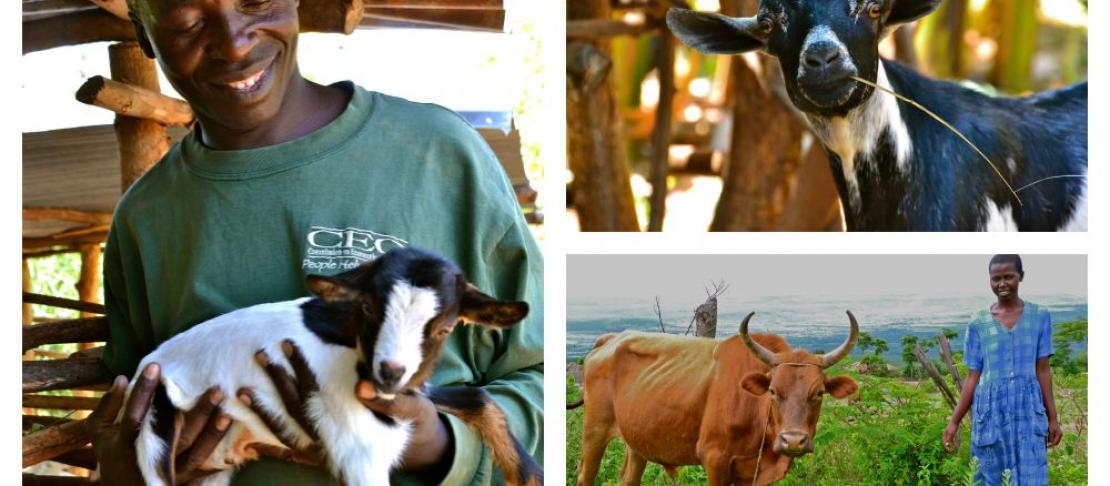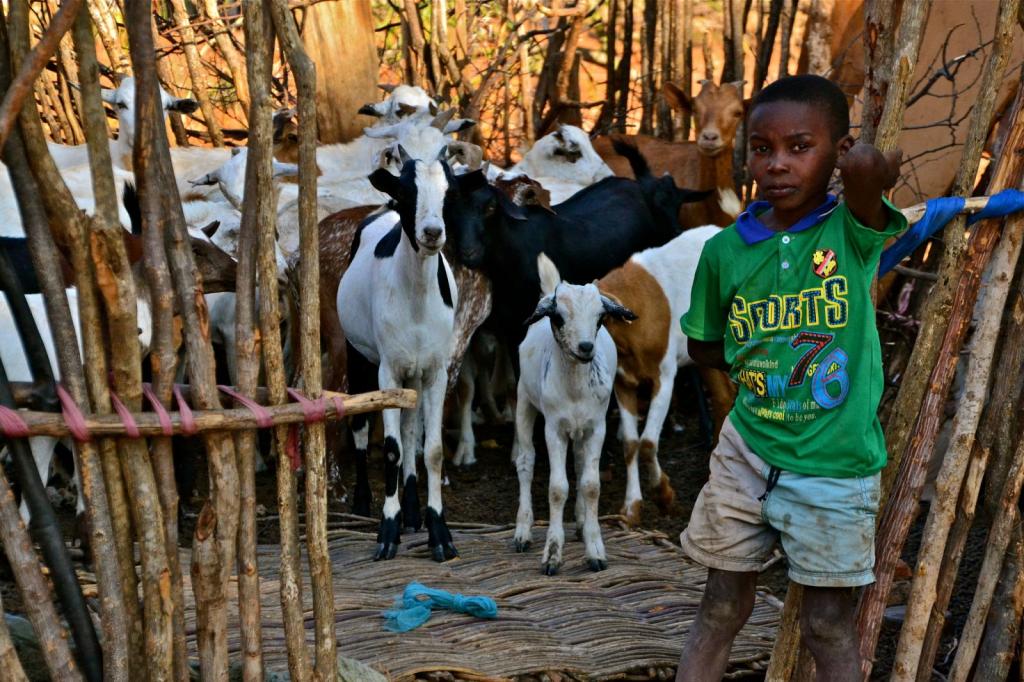How mixing crops and livestock on the farm can help support climate adaptation

Why farms that mix crops and livestock could hold the key to successful climate change adaptation.
Cross-post from Trust AlertNet Climate blog.
For millions of smallholder farmers in sub-Saharan Africa, South Asia and other parts of the developing world, deciding between growing crops and rearing animals has never been up for discussion. Instead farmers here mix it up, as keeping both livestock and crops on the farm provide milk for the family, meat and vegetables on the table and crops to sell on the market.
A recent perspective piece published in Nature Climate Change by researchers Philip Thornton and Mario Herrero suggests that we still know very little about how climate change will impact these mixed farms and especially the interactions between crops and livestock. This is alarming as mixed farming systems form the backbone of smallholder production in developing countries, producing over 90% of the world’s milk supply and 80% of the meat from ruminants.
It is clear to see how important these systems are to millions of people, contributing heavily to livelihoods and incomes, and even the globe’s food supply. Making sure mixed farmers know they way forward for effective climate adaptation and resilience building is crucial.
Available climate adaptation options
There are a number of climate-smart farming options that support climate adaptation, mitigation and improve food security that mixed farmers can pick up.
These options use the fact that there are both livestock and crops grown on the farm and how these can interplay to strengthen climate resilience.
A good example, and perhaps the most obvious one, is using manure as a fertilizer and nutritious crop residues as fodder. Making the most of these farm spillovers can help boost both yields and animal growth and in turn improve the household’s ability to deal with climate impacts. Focusing on high-quality fodder, for example specific legume species, can also help reduce methane emissions from livestock, adding some co-mitigation benefits.
Although mixed systems are already taking the lead in diversification, farmers can by adding additional crops or introducing new animals such as ducks or fish further increase incomes and sources of nutrition. By managing a range of farm- and income-generating activities, farmers have the potential to create a more food secure household.
Livestock can also provide a buffer against losses during drought or heavy rainfall. For example, selling a chicken or goat can help a family overcome a poor grain harvest. By re-investing the income in crops better suited for an altered climate or introducing cross-bred animals that can withstand a hotter and more dry climate, mixed farmers can get better equipped to keep climate impacts at bay.
Read the rest of the story on Reuters AlertNet Climate blog: Why mixing it up on the farm is key for climate change adaptation

Diversified farms, who engage in both crop production and animal rearing, are more food secure year round. Photo: C. Schubert (CCAFS)
Related reading:
Article: Adapting to climate change in the mixed crop and livestock farming systems in sub-Saharan Africa. By Philip Thornton and Mario Herrero. 2015 Nature Climate Change.
Article: Climate change adaptation in mixed crop‐livestock systems in developing countries. by Philip Thornton and Mario Herrero. 2014 Global Food Journal.
Philip Thornton is a researcher with the International Livestock Research Institute (ILRI) and a Flagship Leader at CCAFS. Mario Herrero works at the Commonwealth Scientific and Industrial Research Organisation (CSIRO).



